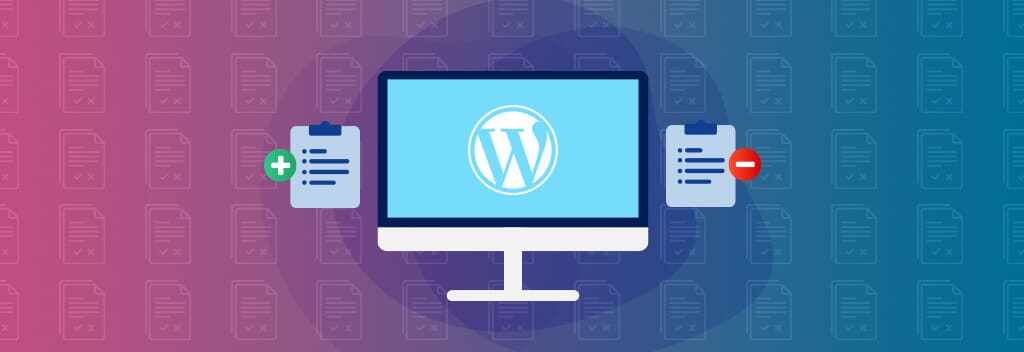Picture this: your big publicity moment is finally here. You launched your new product and got the word out through email blasts, interviews, and press releases. Your phone has been ringing off the hook. This injection of attention is exactly what your business needs!
Until you get the one call (or email) that every business owner dreads: your website crashed and it can’t be accessed by users.
The good news is, you’re not the first business this has happened to (looking at you, Healthcare.gov…) and you certainly won’t be the last.
But the bad news is: You’re losing business. Fast.
If your website design is strong and built on a sturdy server, you shouldn’t normally have to think about its reliability. However, after a big PR push or lots of attention, an increased volume can wreak havoc on server set-ups that are geared toward a much less trafficked site.
There’s never a 100% guarantee that your website will remain up and running (there is no way to predict natural disasters like floods and tornadoes that can take down a server hub) but there are a few key things you can do to your website design and structure to give your best shot to ensure that your site is as stable as possible.
Be prepared. Set a schedule for testing and simulations well in advance of your big product launch. Employ a temporary team for testing if you need to. Use load testing tools to simulate a jump in incoming web traffic. This will help you find the places that load the slowest so you can optimize them before your big day.
Use a content delivery network (CDN). CDNs are cloud-based data services that scale themselves automatically to optimize delivery of every type of content from basic websites to data-heavy things like software and video. Reliability is king, which is why some big names like Amazon, CDNetworks, and Windows Azure got into the game. Whichever you choose, be sure to set it up and start testing at least four weeks from your expected traffic spike.
Keep daily backups of the website’s files, including all databases being used. If the site crashes, having a recent backup will ensure the site content will remain current.
Keep all website software like content management systems, shopping carts, message boards, etc. up to date with their latest versions. Sometimes bugs or security holes are found in older versions which can cause a website to crash or operate unexpectedly.
Do a basic check on your server. Contact your webmaster (or look to yourself) and ask to ensure that you don’t have basic data caps in place with your website host. Lots of web hosts impose general data caps that limit the capacity of data transfer to and from a website. While this normally wouldn’t present an issue for regular usage, sites that expect to come under heavy traffic should manually request removal of the caps. This might require some additional expense but it will be well worth it to ensure that your user experience is seamless.
Now, let’s say you’ve done the steps above and thought you were in the clear—only to get word that your site couldn’t handle the influx of clicks, got overloaded, and suddenly quit. You need some damage control, pronto. Here’s what to do:
Don’t panic. See above about yours not being the first or the last website to experience an outage. These things happen. It’s just part of doing business.
Don’t hide. Work as quickly as possible to repair the problem, while sending a message to all your key audiences letting them know that your site is so popular, it crashed due to overwhelming demand.
Contact the web hosting company and find out more about their uptime policies and guarantees. They may offer credits towards your hosting fee if the site goes down.
Use other outlets to communicate with your customers and take responsibility for the outage. Post an apology on your business’ Facebook page. Send an email to your current mailing list. Do everything you can to let your clients know that you understand their frustrations and your business is working hard to resolve the outage.
If you’re not sure how to go about this process of integrating your product, promotions, press and pre-testing, there are plenty of website design companies that can educate you on the basics and help set up a solution that is right for your business.



